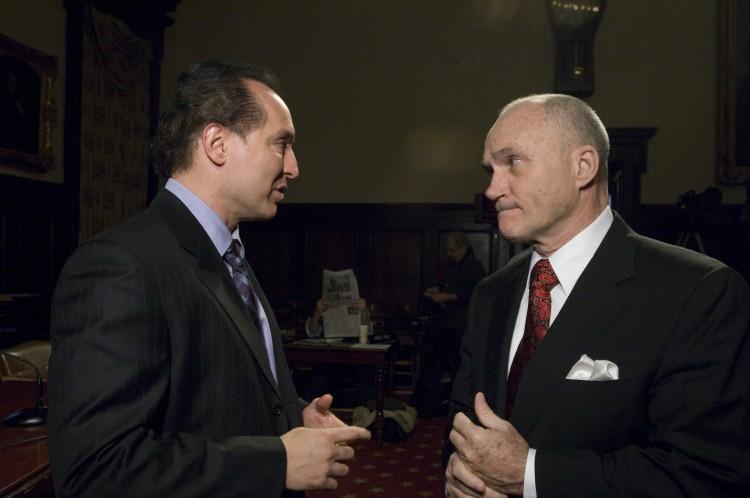NEW YORK—Stop and frisk is working—or it’s not, depending on whom you ask.
With New York City’s murder rate at historic lows during Mayor Michael Bloomberg’s administration—and recovery of guns from the stops—advocates of the controversial policy said that there is clear evidence that stop and frisk is the driving force behind the safe city.
“There’s no greater evidence that stop and frisk works than the fact that our murder rate is the lowest in the country, and the fact that we’re getting fewer guns is clear evidence that fewer guns are getting carried,” said New York City Councilman Peter Vallone Jr. Thursday.
Vallone said that conversations with criminals, prosecutors, and police officers are supporting evidence that fewer guns are being carried, forcing criminals to hide guns in places such as mailboxes and alleyways.
“The cops just last night I was speaking with told me that when they get a gun, they know it’s about to be used now; because people don’t just walk around anymore unless they’re about to use that gun because they’re afraid of getting stopped,” said Vallone, speaking at a forum on public safety near Washington Square held by the publication City & State.
Yet not everyone agrees. Councilman Jumaane Williams said that he does not understand the correlation drawn between fewer guns found and stop and frisk working. Top officers at the New York Police Department (NYPD) said that fewer guns means that it is working, but if there were more guns, the same argument—that stop and frisk is necessary—would be made, according to Williams.







